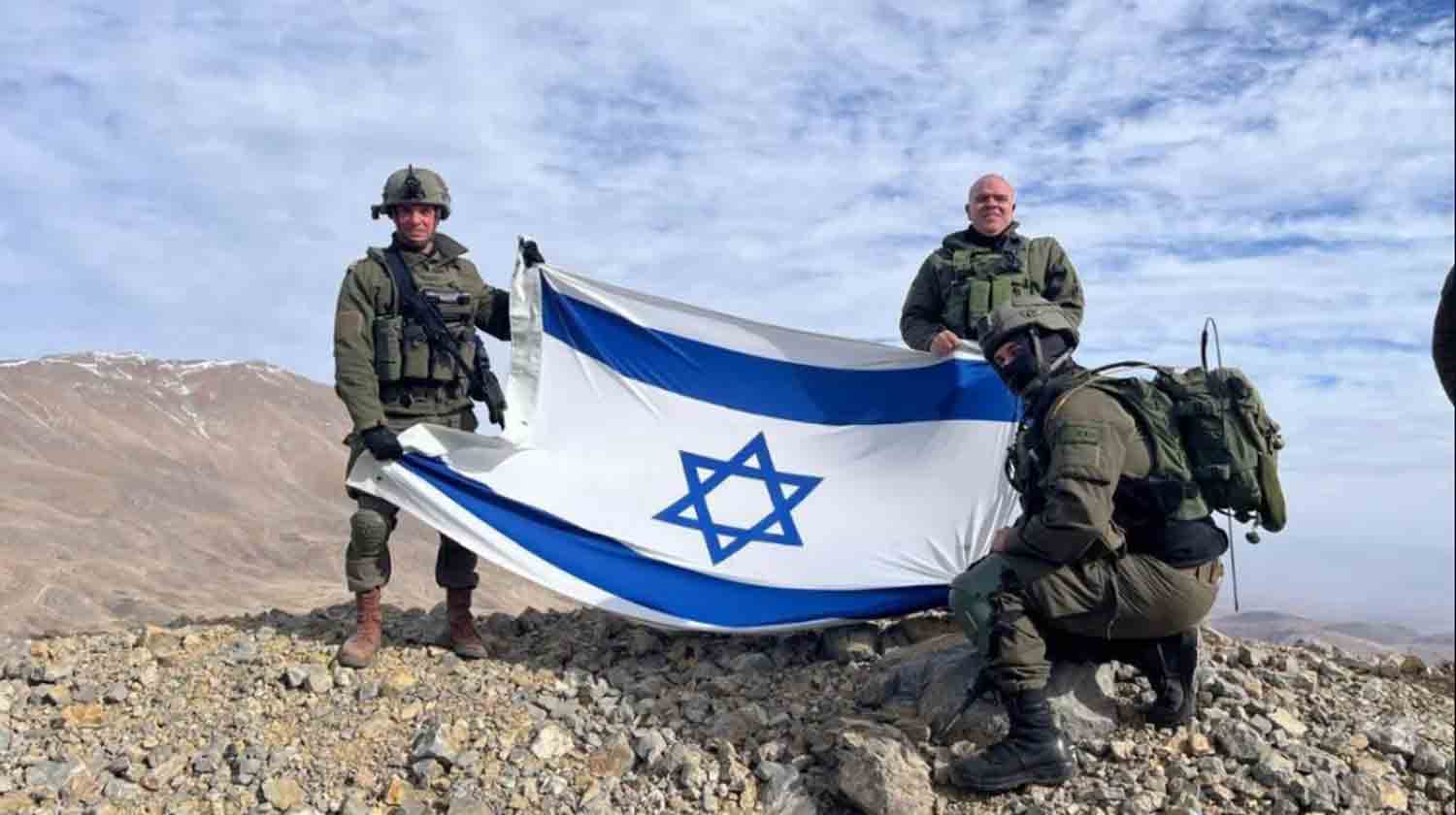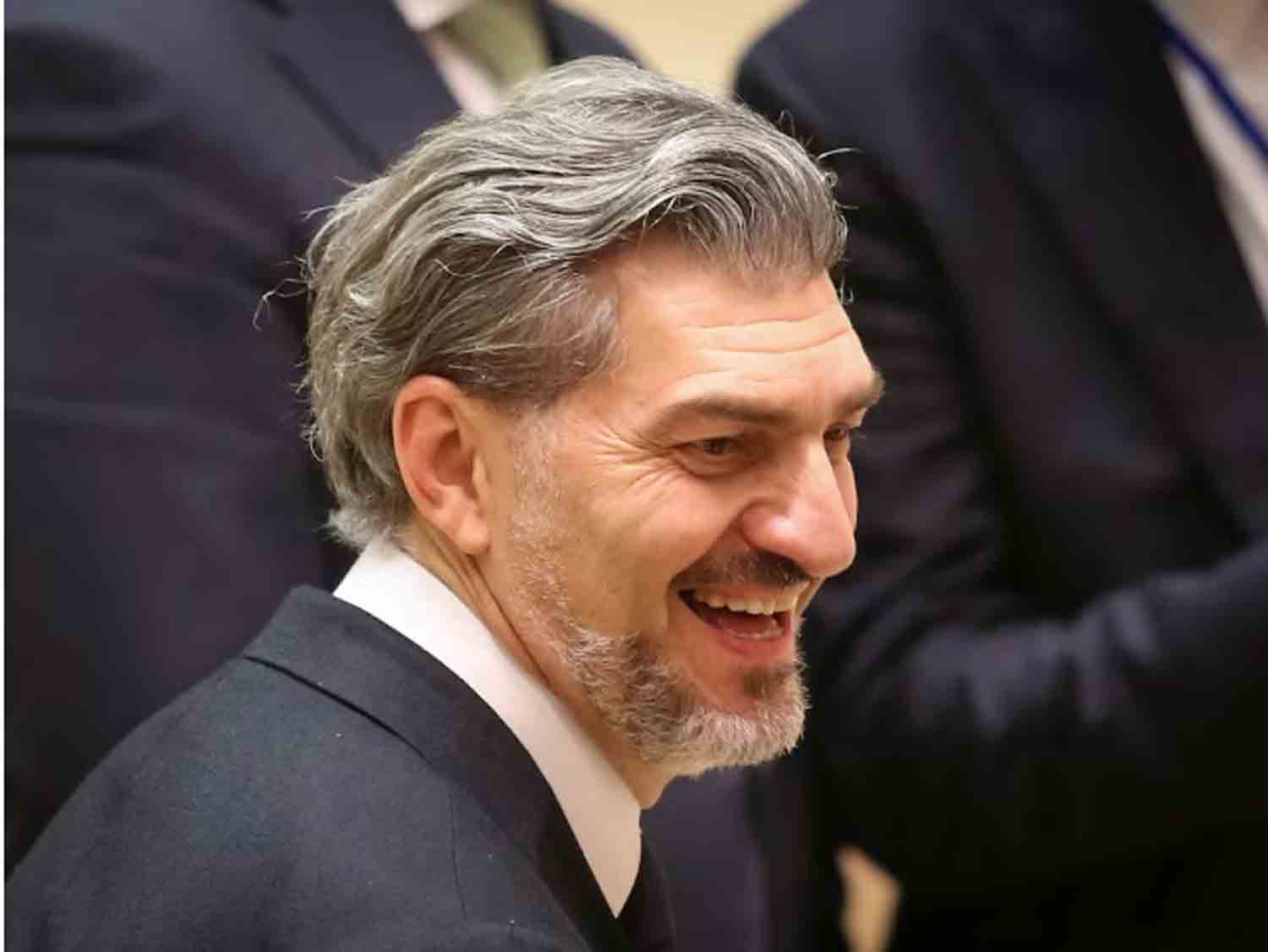Following the fall of Bashar al-Assad, Israel swiftly targeted Syrian military assets to prevent them from falling into rebel hands, conducting strikes on nearly 500 locations, dismantling the navy, and reportedly eliminating 90% of Syria‘s known surface-to-air missile systems.
However, the capture of Mount Hermon, Syria’s highest peak, may represent one of the most significant gains for Israel, despite officials asserting that this occupation is temporary.
“This location offers the highest vantage point in the region, overlooking Lebanon, Syria, and Israel,” stated Efraim Inbar, director of the Jerusalem Institute for Strategy and Security (JISS). “Its strategic importance is unparalleled; there is no alternative to mountainous terrain.”
Mount Hermon’s summit, previously situated in a buffer zone that kept Israeli and Syrian forces apart for fifty years, was taken by Israeli troops last weekend. Until then, the area was demilitarized and monitored by UN peacekeepers, who held the highest permanent position globally.
On Friday, Israel’s defense minister, Israel Katz, instructed the military to prepare for the challenging winter conditions. “Given the developments in Syria, it is crucial for our security to maintain control over Mount Hermon,” he stated.
Reports from Voice of the Capital, a Syrian activist group, indicate that the Israel Defense Forces (IDF) have moved beyond the summit, reaching Beqaasem, approximately 25 kilometers (15.5 miles) from the Syrian capital. An Israeli military spokesperson denied any claims of forces “advancing toward” Damascus.
Israel seized the Golan Heights, a crucial plateau located in southwestern Syria adjacent to Mount Hermon, during the 1967 conflict and has maintained control over it since. Syria made an unsuccessful attempt to reclaim the area in a surprise offensive in 1973, leading to Israel’s annexation of the territory in 1981. This occupation is deemed illegal under international law; however, the United States acknowledged Israel’s claim to the Golan during the Trump administration.
For many years, Israel has controlled parts of the lower slopes of Mount Hermon and operates a ski resort there, while the summit remains within Syrian territory.
“We do not plan to interfere in Syria’s internal matters,” stated Prime Minister Benjamin Netanyahu in a video following Israel’s airstrikes on numerous Syrian targets and the capture of the demilitarized buffer zone. “However, we will take all necessary measures to ensure our security.”
The summit of Mount Hermon is a significant strategic advantage for Israel. Standing at 9,232 feet (2,814 meters), it is the highest point in both Syria and Israel, surpassed only by one peak in Lebanon.
“In the era of missiles, some argue that land is irrelevant – this is simply not true,” Inbar remarked.
In a scholarly article published in 2011, he discussed the numerous benefits that Mount Hermon offers.
“It allows for electronic surveillance deep into Syrian territory, providing Israel with early warning capabilities in the event of an attack,” he noted. He contended that advanced technological alternatives, such as aerial surveillance, do not match the effectiveness of ground installations. “Unlike mountain-based facilities, these alternatives cannot support heavy equipment like large antennas and are vulnerable to anti-aircraft missiles.”
The summit is located just over 35 kilometers (approximately 22 miles) from Damascus, indicating that control over its Syrian foothills—now held by the IDF—places the Syrian capital within artillery range.
The Israeli Prime Minister has expressed his willingness to engage with the new Syrian government. However, in the aftermath of the events of October 7, he and other key figures in national security have emphasized a cautious approach.
“Primarily, it serves as reassurance for us,” stated retired Brigadier General Israel Ziv regarding Israel’s operations in Syria. “We have observed the consequences in other nations when a terrorist organization gains access to military resources.”
Netanyahu has reiterated that the occupation is intended to be temporary. “Israel will not allow jihadist groups to occupy that void and pose a threat to Israeli communities in the Golan Heights with attacks reminiscent of October 7,” he remarked. He outlined that his conditions for withdrawal hinge on the establishment of a Syrian force “committed to the 1974 agreement” that can ensure security along the border.
The timeline for achieving this remains uncertain.
Inbar noted that the decision to withdraw is ultimately political. “The military would prefer to maintain a presence there.”
Discover more from Defence Talks | Defense News Hub, Military Updates, Security Insights
Subscribe to get the latest posts sent to your email.





